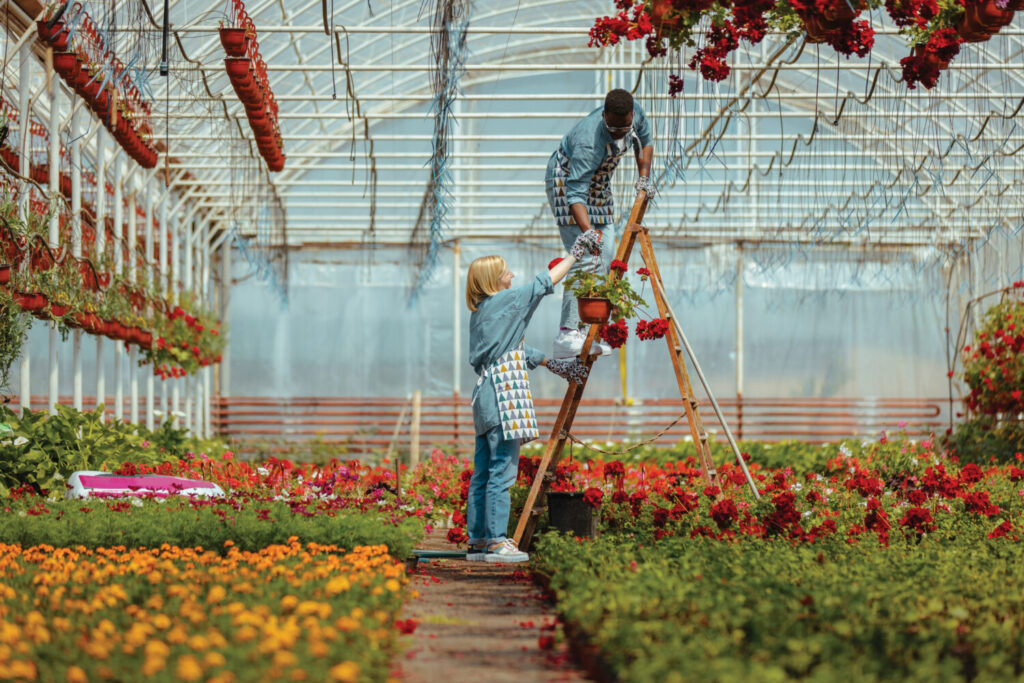
Staff training: Making safety a top priority in the garden center
A number of considerations should be examined when creating or updating a workplace safety program for the garden center. Here, Zach Bruce, safety services manager for Hortica, shares why it’s important to have a program in place — and how to get staff involved in the process.
Common Garden Center Accidents
Bruce says some of the most common accidents he sees involving customers in garden centers are “slips, trips and falls. Occasionally, it could be a rack or a cart hit a customer’s car, or a forklift hit the bed of their truck. But most of the time, it’s a customer who has slipped on a wet surface or tripped on an item like a hose.”
That’s the same for worker injuries, he says. “A lot of it is slips and falls, and some sort of material handling. There’s a lot of things that get moved around in a garden center setting, and with that comes the opportunity to have a back sprain or some sort of strain/sprain injury, soft tissue injury.”
Bruce says ladders are also involved in many common accidents. “A lot of people think that everybody knows how to use a ladder safely; that’s really not the case. There are so many ladders I’ve seen out there that are shockingly damaged. They’ve used duct tape two by fours, and chicken wire to make repairs. There are so many things that employees do to try to fix a broken ladder, when the ladder just needs to be properly discarded and replaced.”
Preventing Injuries
To prevent slip, trip and fall injuries, Bruce says, garden centers should have a strong prevention program in place and practice good housekeeping measures to keep the facility as slip and trip free as possible.
For lifting and handling injuries, he says IGCs “should have a formal training program in place. Identify the common things that employees have to move and determine the safest way to move them. Do they need to have a piece of equipment to do it? How much weight should they lift on their own? Maximum weight varies by the person, but typically it’s between 40 and 50 pounds; some companies set it lower than that.”
He says garden centers should do an assessment to figure out what their people commonly move, then come up with training and the procedures on how to do it safely.
How to Get Started
As important as workplace safety programs are, not all retailers have a program in place. Bruce suggests, for IGCs without a current plan, to first do a needs assessment or a gap assessment to see where they are: “What are the OSHA [The Occupational Safety and Health Administration] standards that we have to have a specific program in place? It’s not just the safety and health documents that talk about the overall safety program. Does [the retailer] have powered industrial trucks? Do they have different types of equipment? Are they using hazardous chemicals? For most garden centers, the answer would be yes.
“Hazardous chemicals are not limited to your typical plant pesticides, though,” he says. “It could be they’re using ordinary household cleaning products more than a typical household would. Or they’re using different types of hazardous chemicals in the facility, such as paint, gasoline, or liquid propane gas.”
He says garden centers should have a handle on where they need improvements, such as where injuries or accidents have occurred, and then focus on those areas with a methodical approach.
“Focus on the things that are causing problems right now or the tasks that are more likely to cause somebody to get hurt and try to take it step-by-step.”
He says garden centers can work with their insurance provider if they have a safety services or safety department. In addition, he says OSHA has resources and materials on www.osha.gov for companies to identify OSHA standards and requirements, as well as to help with complying to those policies or requirements.
Safety From the Top Down
Policies and procedures can go a long way toward making a garden center a safe place to shop and work, but how can management get their staff on board with safety policies — especially seasonal or hourly workers?
“I think that the biggest thing is leadership,” Bruce says. “Having a strong message from the owner, the upper management, and the company, and then making sure that the supervisors and the crew leaders are all properly trained and understand the importance of workplace safety.”
He says, from the start, garden centers should have a “stop-work procedure” or “stop-work policy” in place and train employees that it’s OK to stop if they think they’re doing something that is unsafe or could cause injury.
“So many times people — especially those at the associate level — feel pressure that they have to get it done, and they don’t have the time for safety. If a stop-work-policy is really driven down from the management team, it can go a long way to get everybody involved and prevent injuries.”
An incident reporting program should also be in place, where employees are not only encouraged but also expected to report hazards back to their manager or supervisor.
Bruce says having a safety team or safety committee helps in promoting workplace safety for all employees. “Developing a safety committee is a really valuable tool that a lot of companies miss out on,” he says. Depending on the size of the company, he says the committee should meet regularly — at least quarterly — and should be a good representation from different departments within the company.
“Having some managers, as well as more associates on the team, can really help the safety committee identify potential hazards and risks. They can then determine solutions and put programs in place to control those risks.”
Safety in Numbers
Bruce suggests safety key performance indicators (KPIs) should be part of the garden center’s company goals. For example, if trainings are taking place, track how many employees have actually been trained. “And if employees were out that day — especially if they’re part-time employees — what are you doing to address that? Are managers or supervisors doing a talk with them the next time they work?
“There are a lot of things that a company can track and use metrics to help promote safety through the organization. It’s not always just, ‘We didn’t have any claims this past month or injuries this past month’ — there’s a lot more that can be looked at.
“Again, a lot of it goes back to having a strong safety program,” he says. “Making sure you’ve got the OSHA required programs — and then what are you doing to go above and beyond OSHA programs?
“A strong safety program can also help reduce insurance costs for the company by preventing injuries or claims, improving productivity and employee morale, and just overall keeping people safe — both employees as well as their customers.”
For an enhanced reading experience, view this article in our digital edition.


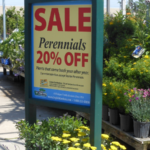

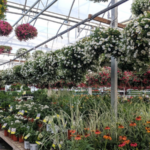


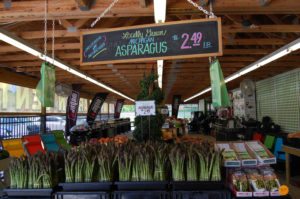
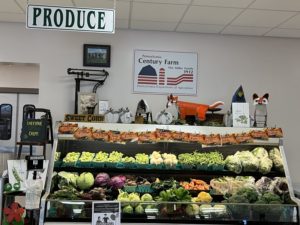









 Videos
Videos





